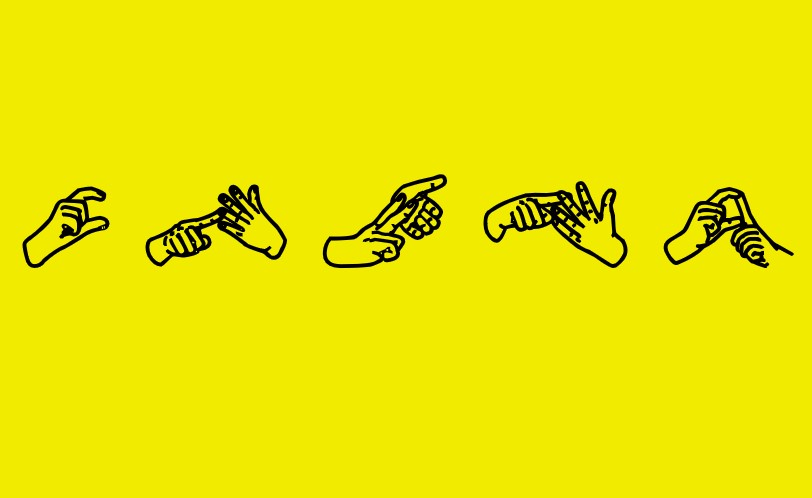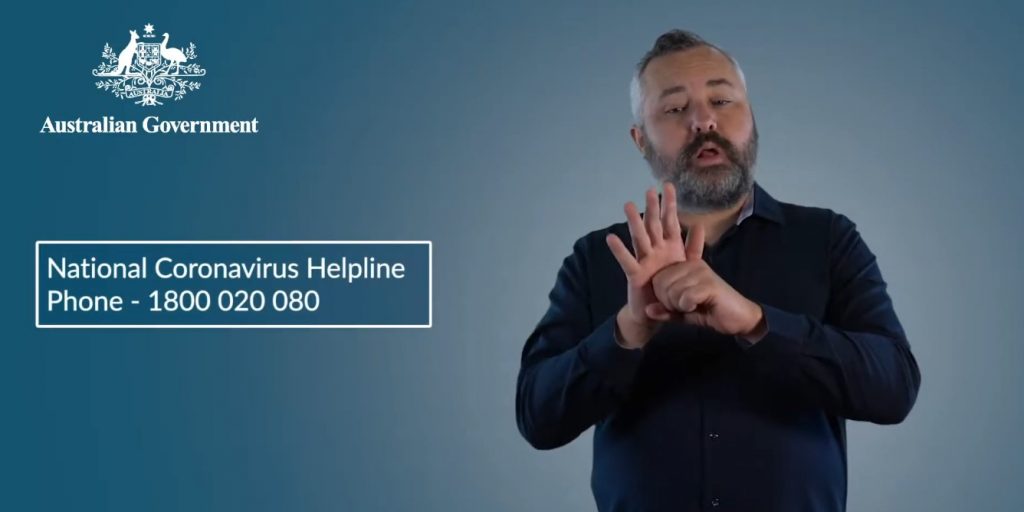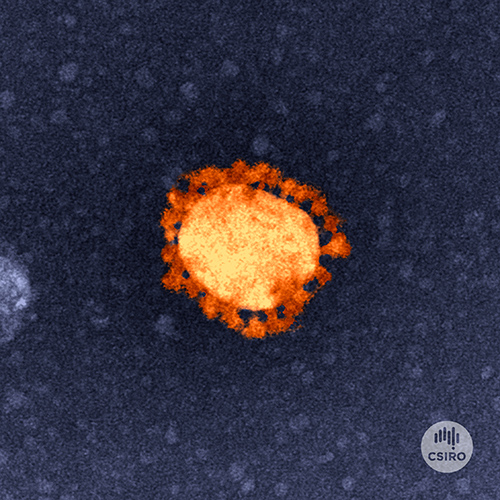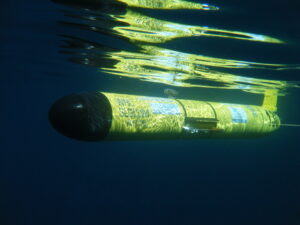Maybe it’s all this extra time at home.
Or maybe it’s the Auslan interpreters at Mark McGowan’s COVID-19 press conferences.
Whatever the reason, COVID-19 has prompted a surge of interest in sign language.
Google searches for ‘learn Auslan’ are up 250% in Australia since the start of March, with the most interest coming from WA.
Secretary of the Western Australian Association of the Deaf (WAAD), Patricia Levitzke-Gray says Auslan isn’t just for Australians who are Deaf and hard of hearing.
It’s also used by their family members, the interpreting community and people learning Auslan.
It’s uniquely Australian (other countries have their own sign languages) and has a very different grammatical structure to most spoken languages.
A living language
Former Vice President and board member of WAAD, Drisana Levitzke-Gray and Patricia, who are both Deaf, spoke to Particle through an Auslan interpreter.
Drisana says Auslan is a “living language”, meaning it evolves over time.
“Some words in English become obsolete because we don’t use them, and the same thing [happens] in Auslan,” she says.
“Some signs become obsolete because we don’t use them.”
“In English, new terms like ‘Facebook’ and ‘Twitter’ have come up. We have the same thing happen in Auslan.”
New signs have recently emerged for ‘coronavirus’ and ‘pandemic’.
For coronavirus, a person’s fist represents a cell, and their moving fingers represent the spikes on the virus, Patricia says.
Written all over your face
Drisana, who also happens to be Patricia’s daughter, says facial expressions are also really important in Auslan.
“That’s tone of voice,” she says. “That’s how you know if someone is sad or happy or shocked or angry.”
“So sometimes it’s not about the actual words or the sign that’s being used, it might be more about what’s happening in the body language and the face.”
Drisana says sometimes people are labelled as animated or energetic when they are purely using Auslan.
Auslan interpreters rock out to AC/DCThe performances from Auslan interpreters Mike Webb and Mike Levett at Perth's Highway to Hell event on Sunday were simply brilliant! 🤘🎸😍Susan Emerson from Auslan Stage Left told the ABC they had a request for Mr Webb to come to Perth to do this because "there's no other like him"."So we managed to fly him over for it and we had a huge deaf crowd turn up and absolutely love it," she said.*Watch until the end to see what the deaf community thought of the event and the interpreters' performances.
Posted by ABC Perth on Wednesday, 4 March 2020
According to Drisana, facial expressions and body language are a critical and integral part of the language itself.
Learning to sign
Drisana recently graduated with a double major in law and communications.
She wants to ensure all Deaf children in Australia have access to Auslan from birth.
Drisana says the best thing you can do when starting out with Auslan is to be genuine and open minded and have a great attitude.
“What’s important I think is that people are just willing and keen to engage with Deaf people and be open to learning,” she says.
“And there’s a lot of really iconic signs that are easy to learn – hello, drink, good, bad, happy, sad.”
Another great place to start is the association’s free Auslan posters. They feature everything from African animals to galaxies and emotions.
To become a professional interpreter, you need to be fluent in Auslan and English and well versed in Deaf culture, traditions and history.
Then you need to complete a Diploma of Interpreting and sit an exam to become certified with the National Accreditation Authority for Translators and Interpreters (NAATI).
“If you learn some basic signs and you’re able to use it out in the community when I come into your place of business, that’s fantastic,” Patricia says.











